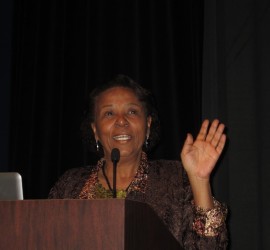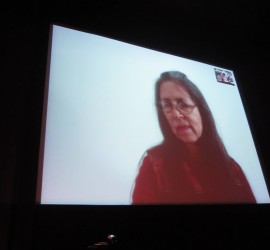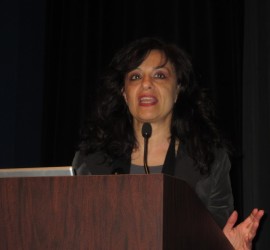Spiraling Time: Reflections on Nuno Ramos and Sergio Delgado
As Nuno Ramos, Brazilian sculptor and author stated, “In Sao Paulo, there is an intense sense of urgency—life wants you, and life asks you to do everything…you are required every minute…you are necessary.” This sense of urgency and immediacy is reflected directly in his work, which embodies the very humanistic quality of the work being dead after its work is done, of being finished at its conclusion. Despite this, there is a tremendous amount of conversational vibration that surrounds the ambiguities in his work, a direct reflection of the ambiguousness of life in Brazil, where social configurations and a colorful history are intertwined like thread.
Continue to read…






